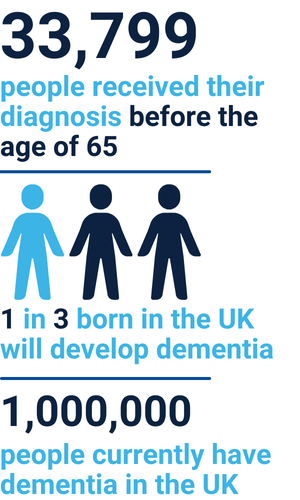
A report commissioned by the Alzheimer’s Society (2024) showed that around one million people in the UK have a form of dementia, while one in three people born in the UK today will develop dementia in their lifetime. With these figures expected to rise, we wanted to shine a spotlight on how our workstations have been used to support research on the disease.
 |
The Whitley H35 HEPA and i2 Instrument Workstation used in Alzheimer’s research at SITraN Loss of oxygen in the brain (hypoxia) can result in brain damage, which can contribute to dementia, including Alzheimer’s disease, and can influence Amyotrophic Lateral Sclerosis (ALS) disease mechanisms. ALS is also more widely known as Motor Neurone disease. The Sheffield Institute for Translational Neuroscience (SITraN) is one of the world leading centres for research into Alzheimer’s, Motor Neurone Disease and Parkinson’s Disease. We have previously been in contact with the SITraN laboratory to discuss their approach for measuring the effect of hypoxia on energy generating pathways in cells. The research group use a Seahorse XF Analyser, which measures energy generation in a non-invasive manner in cells, housed within an i2 Instrument Workstation and H35 HEPA Hypoxystation. |
With the H35, you can control oxygen in 0.1% increments up to 20%; carbon dioxide in 0.1% increments up to 15%; and relative humidity up to 80%. Being HEPA filtered as well as gas, temperature and humidity controlled, this workstation allows more physiologically relevant cell manipulation on Alzheimer’s disease cell models.
The i2 chamber has been designed specifically to house and run metabolic flux assays using the XF analyser in a hypoxic environment. This approach enables the identification of pathways involved in the cell response to hypoxia that causes energy disruption, affecting the brain’s ability to function properly in patients with Alzheimer’s disease.
If you would like to read more scientific studies on Alzheimer’s disease, check out our free published paper database. For those who prefer recorded talks, watch our webinar, ‘Investigating Disease Mechanisms: Advancements in Metabolic Analysis’ for more information about the i2 Instrument Workstation.
For more information about our Hypoxystation range, please complete the form below or download the range brochure.


 en
en

 English
English